
Editorial | Apr 24,2021
The board of directors of the National Bank of Ethiopia (NBE) has availed 16 billion Br to the state-owned Commercial Bank of Ethiopia (CBE), amounting to 0.5pc of the country's GDP.
The cash injection, which was fully transferred into CBE's account last week, was made through a bond with a maturity period of three years and an eight percent interest rate.
CBE is the latest recipient of the central bank’s intervention to address the liquidity crunch. For the last few months, the banking industry has been facing a liquidity crisis like no other. The rock bottom liquidity position of banks was registered in November and December of last year, marking 14.4pc each month, standing lower than the 15pc minimum liquidity mandate set by the regulatory bank.
CBE had recorded the highest liquidity stance of 16pc in October 2017 and the lowest in April 2019, 9.3pc, followed by October and November of last year, with 10pc and 10.7pc, respectively.
When the private banks' crisis was addressed, CBE was not part of the programme, according to Abie Sano, president of CBE.
A few months back, the central bank had provided short-term loans of 15 billion Br to assist cash-strapped private commercial banks with a competitive bidding interest rate. It also released NBE bills worth 15 billion Br.
"However, with the impact of COVID-19 on customer behaviour - most tend to withdraw not deposit - this injection will come in handy," Abie said. "The cash won't be used for borrowers but to ensure the security of customers to get their money at any time they want."
One of the long-term recommendations of the Ethiopian Bankers Association for the liquidity crisis of CBE was a remedial action to revive the liquidity stance of the Bank after conducting a study to appeal to the NBE in the crisis.
The loan-to-deposit ratio of CBE is much higher than private banks, according to the study conducted by the Ethiopian Bankers Association.
Private banks reached a 78pc average loan-to-deposit ratio in December 2019, the highest rate in the last three years. CBE, meanwhile, has maintained its 100pc-plus position, according to the study.
After observing the situation of cash-strapped private banks, the central bank wrote a letter to all banks in February offering credit to cash-strapped banks facing short-term liquidity needs at a rate equivalent to the highest rate that the requesting bank charges when lending to the private sector if they fail to pay on time.
“We had conducted an assessment on the liquidity pressure of the banks and augmented a sufficient liquidity hedge,” said an official from the NBE, “this was done in the manner that reflects the condition of private banks and dodges any implicit solvency support.”
“The asset quality at CBE remains a concern since there are large state-owned enterprise exposures,” reads the IMF country report. “Structural weaknesses in CBE’s balance sheet should be dealt with through a comprehensive solution that addresses debt sustainability challenges at its SOE borrowers,” adds the report, “the framework for emergency liquidity support to banks is also underdeveloped."
The staff report of the IMF has recommended that the authorities take steps to address these shortcomings.
CBE became the epicentre of this crisis by massively extending credit to SOEs, according to Abdulemenan Mohammed, a financial expert with over 15 years of experience.
"The 16 billion Br injection to the CBE is aimed at maintaining the liquidity of the Bank if borrowers struggle to repay their loans due to the economic impact of COVID-19," he said.
"However, the NBE should make sure that the additional liquidity injected into all banks is not used for expanding loans and advances," he added. If the banks use the injected money for more lending, inflationary pressure will build up, and the liquidity problem will intensify, according to the expert.
PUBLISHED ON
May 09,2020 [ VOL
21 , NO
1045]

Editorial | Apr 24,2021
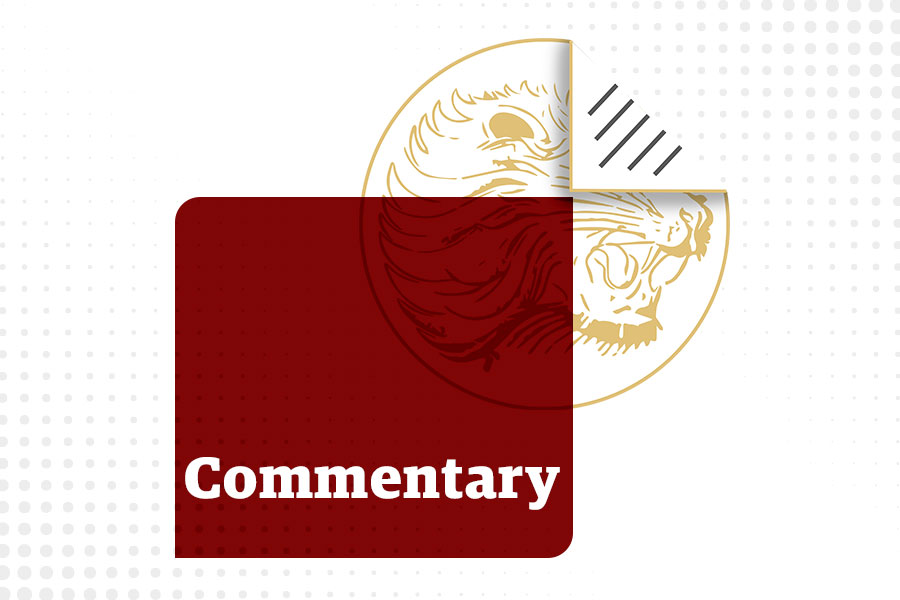
Commentaries | Nov 30,2024

Radar | May 29,2021
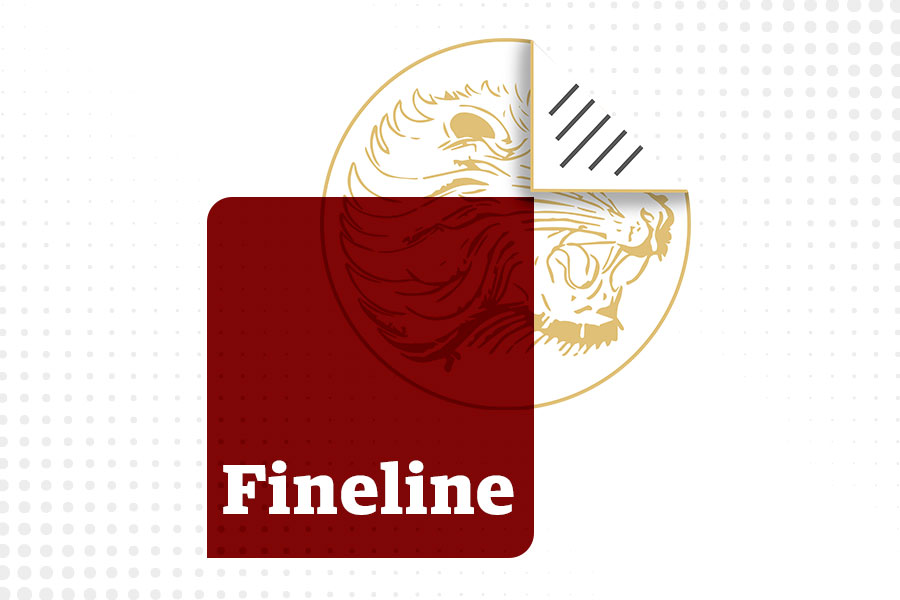
Fineline |
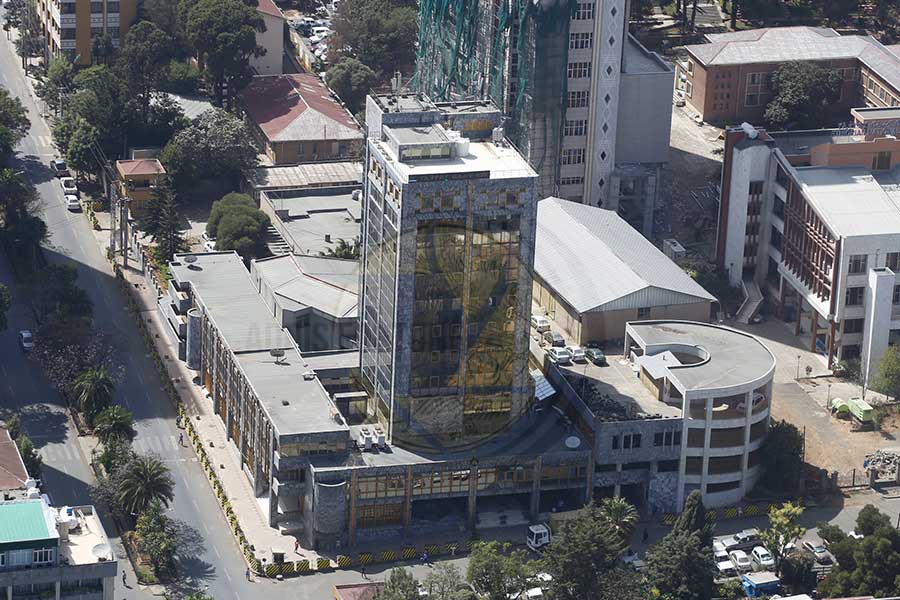
Fortune News | Mar 05,2022

Radar | Aug 06,2022

Fortune News | Dec 26,2020

Radar | Aug 25,2024
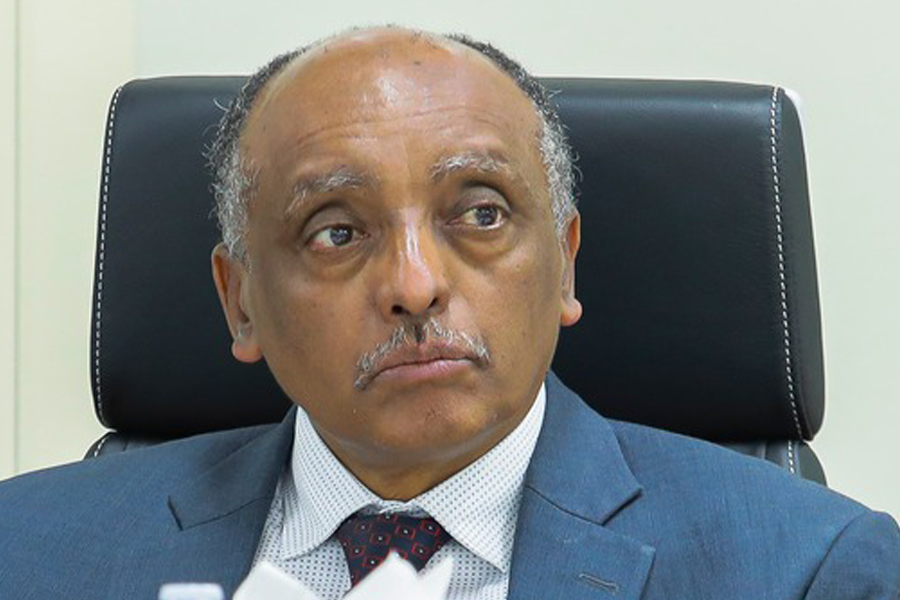
Fortune News | Sep 08,2024
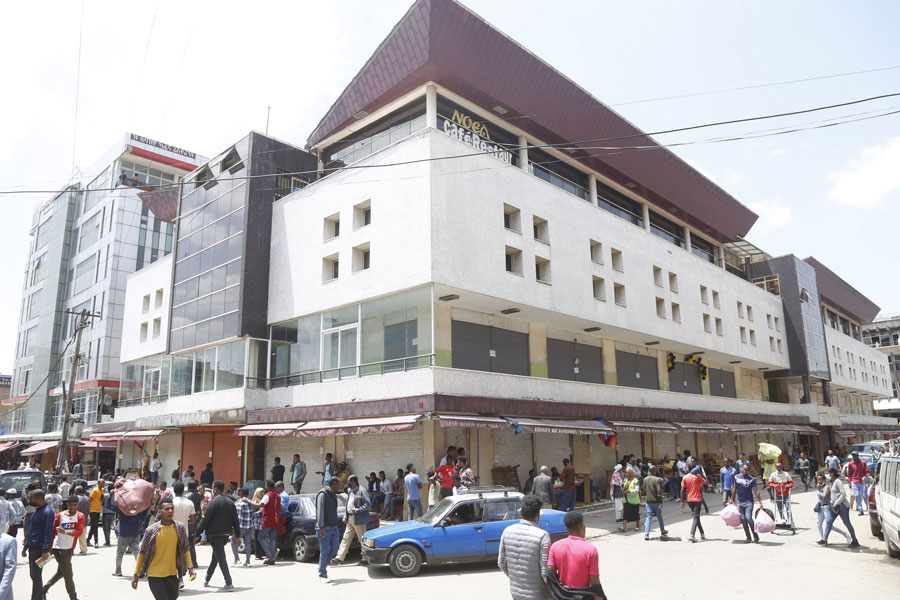
Fortune News | Nov 13,2021

Dec 22 , 2024 . By TIZITA SHEWAFERAW
Charged with transforming colossal state-owned enterprises into modern and competitiv...

Aug 18 , 2024 . By AKSAH ITALO
Although predictable Yonas Zerihun's job in the ride-hailing service is not immune to...

Jul 28 , 2024 . By TIZITA SHEWAFERAW
Unhabitual, perhaps too many, Samuel Gebreyohannes, 38, used to occasionally enjoy a couple of beers at breakfast. However, he recently swit...

Jul 13 , 2024 . By AKSAH ITALO
Investors who rely on tractors, trucks, and field vehicles for commuting, transporting commodities, and f...

Jul 5 , 2025
Six years ago, Ethiopia was the darling of international liberal commentators. A year...

Jun 28 , 2025
Meseret Damtie, the assertive auditor general, has never been shy about naming names...

Jun 21 , 2025
A well-worn adage says, “Budget is not destiny, but it is direction.” Examining t...
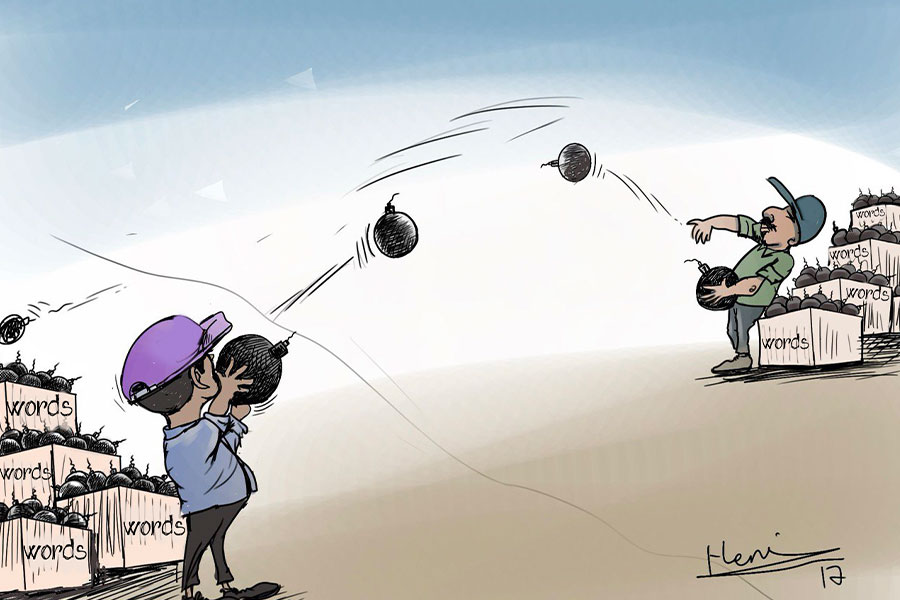
Jun 14 , 2025
Yet again, the Horn of Africa is bracing for trouble. A region already frayed by wars...